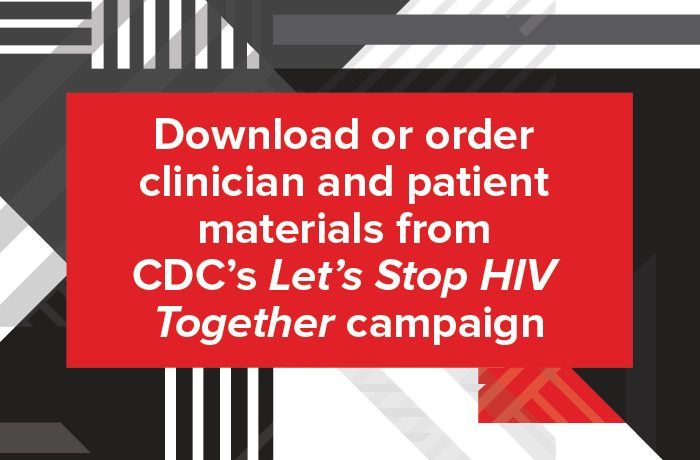HIV Prevention and Care for Transgender People

Transgender people face multiple obstacles that may affect their ability to stay healthy and put them at risk for getting or transmitting HIV. The Transforming Health: Patient-Centered HIV Prevention and Care website contains information and materials for health care providers, whole-care teams, social service providers, and transgender people, with the goal of reducing new HIV infections and improving the health of transgender people.
Transgender women and men are at high risk for getting HIV. According to current estimatesexternal icon, about 1 in 7 (14%) transgender women have HIV, and the percentage is much higher among black or African American (44%) and Hispanic or Latina (26%) transgender women.* An estimated 3% of transgender men have HIV 1.
Expanding culturally appropriate, focused HIV testing efforts is one key step to eliminating these disparities and reducing HIV’s impact on transgender communities. Everyone with HIV benefits from getting a diagnosis as early as possible and starting treatment right away. People with HIV who take antiretroviral therapy as prescribed and stay virally suppressed can live long, healthy lives and will not transmit HIV to their sex partners. For people with certain risk factors who do not have the virus, testing can be the door to effective prevention options like pre-exposure prophylaxis (PrEP).
Many transgender people face obstacles that make it harder to access HIV services—such as stigma and discrimination, inadequate employment or housing, and limited access to welcoming, supportive health care. Addressing these barriers is essential to the health and well-being of transgender people.
The Centers for Disease Control and Prevention (CDC) is committed to working with health care providers to make sure all transgender people can get the tools they need to prevent HIV and stay healthy if they have HIV. Transforming Health gives providers tools for delivering patient-centered HIV care for all transgender patients.
*Estimates for transgender women overall and transgender men include laboratory-confirmed infections only. Estimates by race/ethnicity include laboratory-confirmed and self-reported infections.
- Becasen JS, Denard CL, Mullins MM, Higa DH, Sipe TA; Estimating the Prevalence of HIV and Sexual Behaviors Among the US Transgender Population: A Systematic Review and Meta-Analysis, 2006-2017external icon. Am J Public Health. 2018 Nov 29:e1-e8. doi: 10.2105/AJPH.2018.304727.



